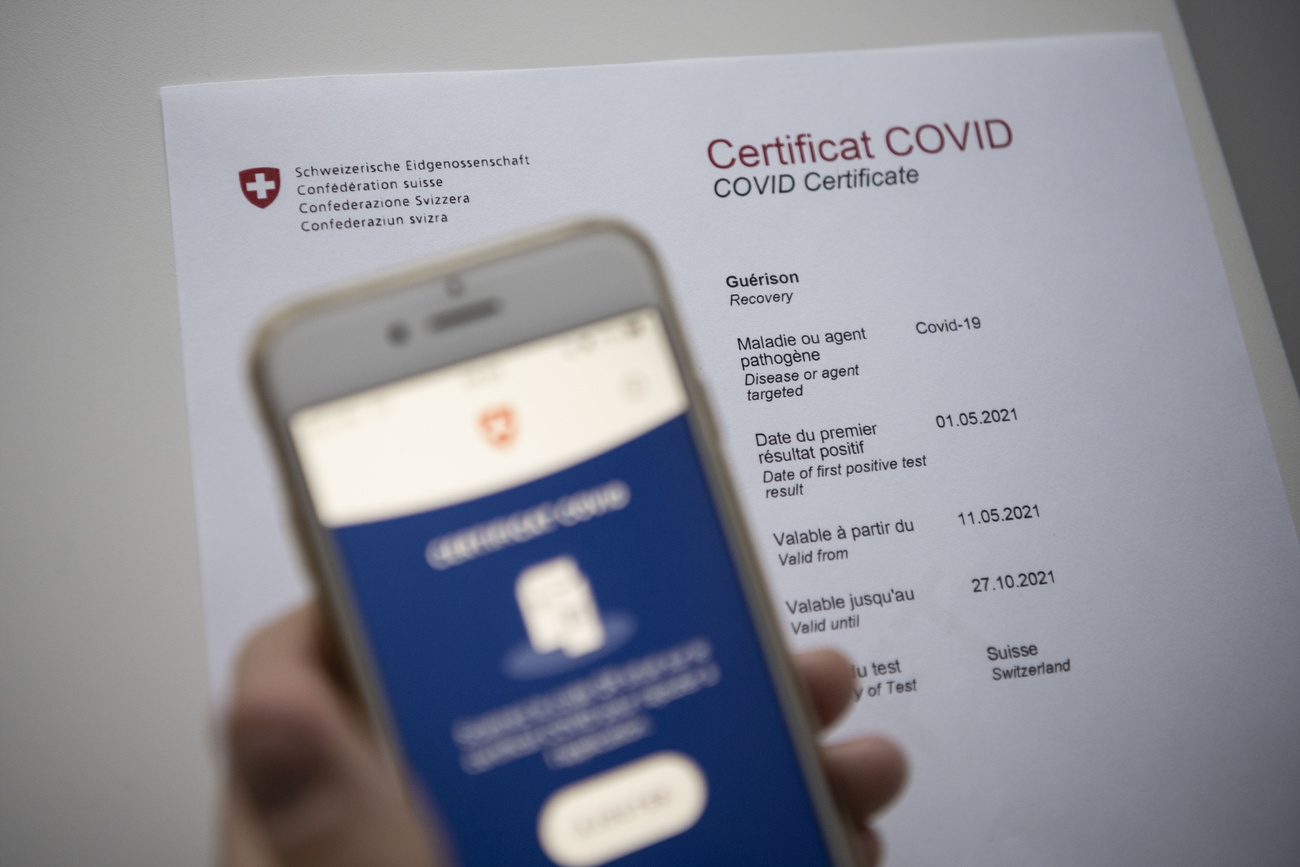
It contained biometric data in an RFID chip. This passport was accepted in a popular referendum on. Pass 10 is practically the same as Pass 06 except for a chip with biometric data. Switzerland was required to implement this type of passport in order to participate in the Schengen Agreement. Timeline of the Swiss passport Present: Pass 10 Īvailable from 1 March 2010, Pass 10 contains biometric data: a photograph and fingerprints. Inside the back cover, the phrase "This passport contains 40 numbered pages" is written in the 26 languages. Consequently, the Swiss passport has 26 languages, exceeding the EU's own passports with 23 languages. In Pass 10, 13 additional languages were added in consideration of the 10 countries added to the EU in 2004 as well as Norwegian and Icelandic to cover the languages of the EFTA states. The entire passport is written in the four official languages (German, French, Italian, and Romansch) as well as English, with the exception of page 40, containing use and care instructions only. , in addition to the signature line, is the designated area for official endorsements (field 11, "Official observations"). M üller / M ueller / M uller) on different documents can lead to confusion, and the use of two different spellings within the same document (as in the passport) may give people who are unfamiliar with the German orthography the impression that the document is a forgery.

The three possible spelling variants of the same name (e.g. The transcription above is generally used for airplane tickets etc., but sometimes simple vowels are used (e.g. J ér ôme becomes J ER OME and Fran çois becomes FRAN COIS) according to ICAO conventions. M üller becomes M UELLER) while other letters simply omit the diacritics (e.g. Names containing diacritics (ä, ö, ü, à, ç, é, è, etc the letter ß is not normally used in Swiss German) are spelled with diacritics outside the machine-readable zone, but in the machine-readable zone, German umlauts ( ä/ö/ü) are transcribed as ae/oe/ue (e.g. The bottom of the data page is the machine-readable zone.


The order of the languages was then changed to German, French, Italian, Romansh, and English. Romansh was added in the later Pass 85 after it was declared the fourth Swiss national language following a referendum. Until 1985 the Swiss passport included only the national languages of the time (French, German, and Italian) as well as English. The characteristic red Swiss passport was created in 1959. The first Swiss passports were issued on 10 December 1915. 2.5.3 Temporary passport (emergency passport).


 0 kommentar(er)
0 kommentar(er)
